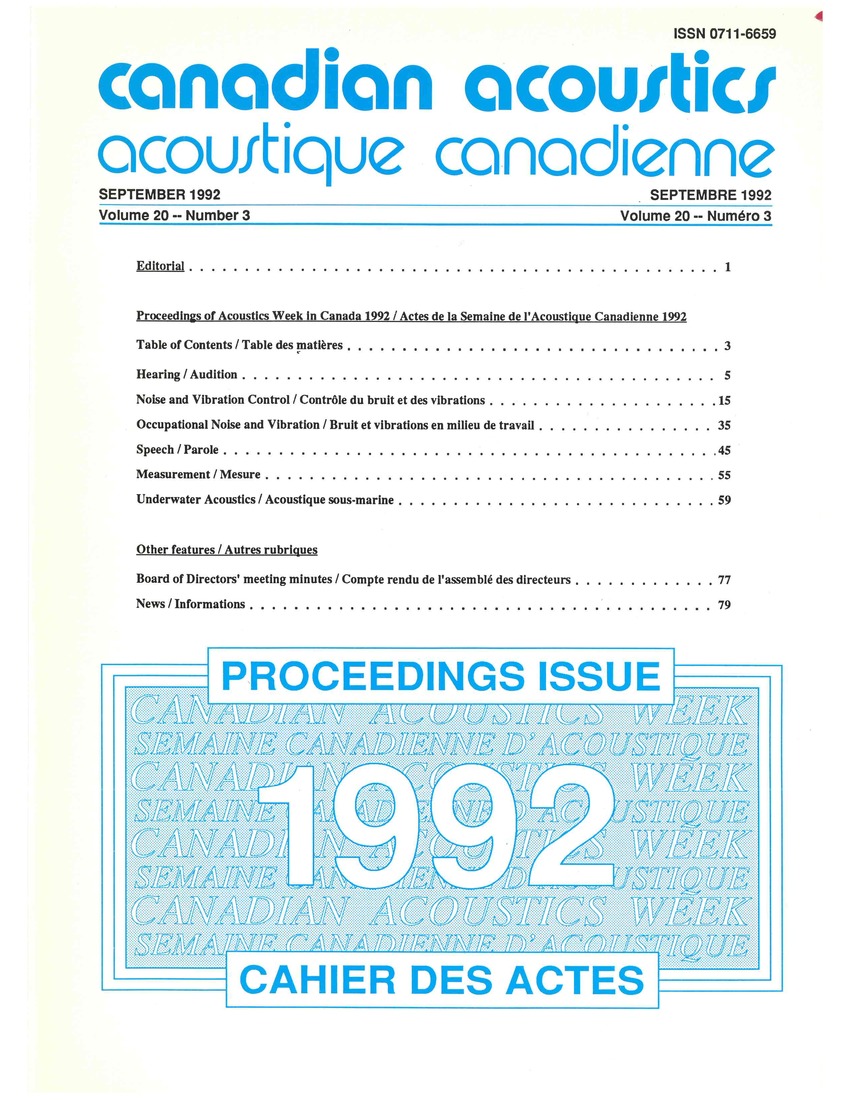Optimal use of polymetric materials in vibrating beam systems with the consideration of temperature and frequency effects
Keywords:
vibrations, vibrating beam systems, vibration damping, damping materials, viscoelastic properties, mechanical characteristics, maintenance facilities, partial damping coverage, damping performanceAbstract
Sound and vibration damping plays a critical role in numerous aspects of engineering and is increasingly addressed by legislation as well. The most commonly used damping materials are polymetric whose viscoelastic properties change a lot with temperature and working frequency. Surprisingly enough, this last point, which constitutes the main interest for chemists, has not received enough attention from researchers and engineers designing better damped structures. Quite often, the mechanical characteristics of these materials are considered to be constant. Another important problem to be tackled is the optimal use of these materials. In fact, numerous practical restrictions such as weight, cost and maintenance facilities demand that the structures be damped with partial damping coverage. The question is how to get reasonable damping performance without adding too much weight to the structuresAdditional Files
Published
How to Cite
Issue
Section
License
Author Licensing Addendum
This Licensing Addendum ("Addendum") is entered into between the undersigned Author(s) and Canadian Acoustics journal published by the Canadian Acoustical Association (hereinafter referred to as the "Publisher"). The Author(s) and the Publisher agree as follows:
-
Retained Rights: The Author(s) retain(s) the following rights:
- The right to reproduce, distribute, and publicly display the Work on the Author's personal website or the website of the Author's institution.
- The right to use the Work in the Author's teaching activities and presentations.
- The right to include the Work in a compilation for the Author's personal use, not for sale.
-
Grant of License: The Author(s) grant(s) to the Publisher a worldwide exclusive license to publish, reproduce, distribute, and display the Work in Canadian Acoustics and any other formats and media deemed appropriate by the Publisher.
-
Attribution: The Publisher agrees to include proper attribution to the Author(s) in all publications and reproductions of the Work.
-
No Conflict: This Addendum is intended to be in harmony with, and not in conflict with, the terms and conditions of the original agreement entered into between the Author(s) and the Publisher.
-
Copyright Clause: Copyright on articles is held by the Author(s). The corresponding Author has the right to grant on behalf of all Authors and does grant on behalf of all Authors, a worldwide exclusive license to the Publisher and its licensees in perpetuity, in all forms, formats, and media (whether known now or created in the future), including but not limited to the rights to publish, reproduce, distribute, display, store, translate, create adaptations, reprints, include within collections, and create summaries, extracts, and/or abstracts of the Contribution.


